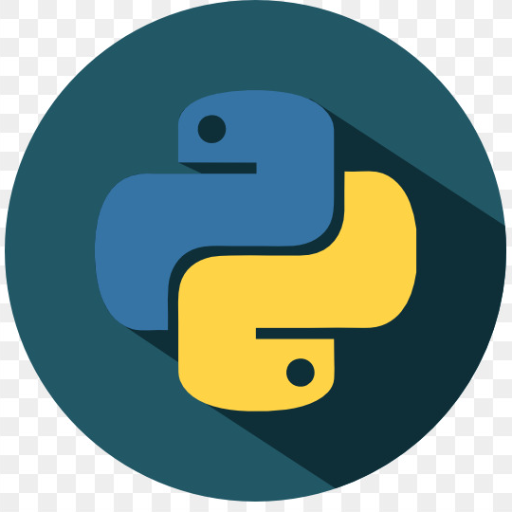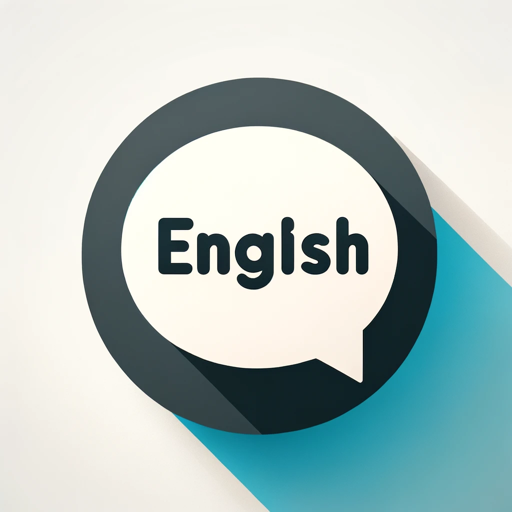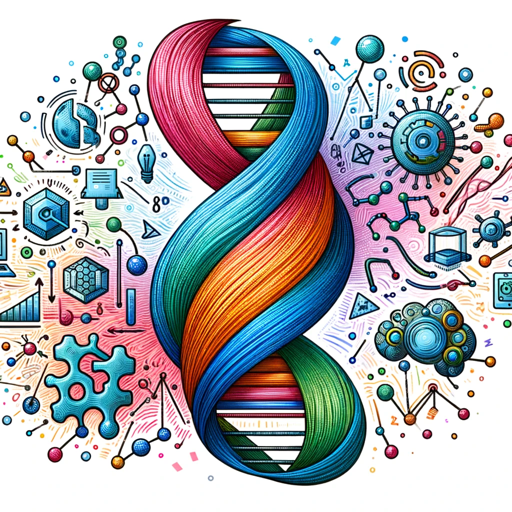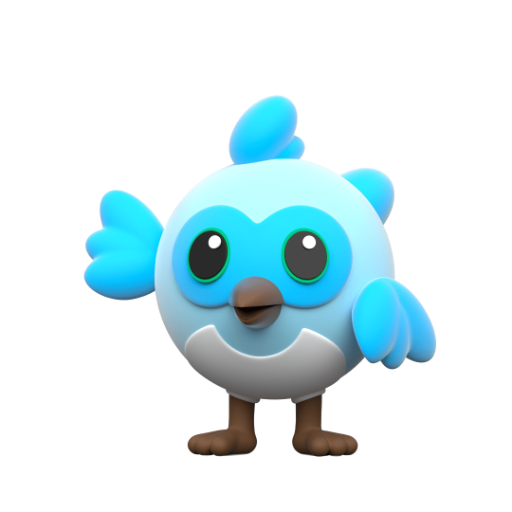Python-AI-powered Python assistance
AI-powered Python support and guidance
How do I fix this Python error?
Explain decorators in Python.
What are the best practices for Python coding?
How to optimize this Python code?
Related Tools
Load More
Learn: Python
First steps of learning Python

Python Code Expert
Develop Python applications that are efficient, maintainable, testable, performant, and robust. Excels at OOP design, error handling, documentation, logging, and much more. Includes unit tests written in pytest for all code snippets.
Python Coding Companion
Assists in creating and understanding python applications and scripts.

Python hacker
Autonomous Python hacker expert, handling coding tasks without user input.

Python Tutor
Concise, example-focused Python programming tutor for beginners to intermediates.

Python Expert
Practical Python tutor with a focus on real-world applications and hands-on learning with projects.
20.0 / 5 (200 votes)
Introduction to Python
Python is a high-level, interpreted programming language known for its simplicity and readability, making it an excellent choice for both beginners and experienced programmers. It was created by Guido van Rossum and first released in 1991. Python's design philosophy emphasizes code readability and syntax that allows programmers to express concepts in fewer lines of code. Python supports multiple programming paradigms, including procedural, object-oriented, and functional programming. It also features a dynamic type system and automatic memory management, which further simplifies the coding process. Python is widely used in various fields such as web development, data science, artificial intelligence, scientific computing, and automation, thanks to its extensive standard library and the availability of a vast ecosystem of third-party packages.

Main Functions of Python
Data Handling and Manipulation
Example
Using libraries like Pandas and NumPy, Python allows for efficient data manipulation and analysis.
Scenario
In a data science project, a data analyst can use Pandas to read a CSV file, clean the data, and perform exploratory data analysis (EDA) before building a machine learning model.
Web Development
Example
Frameworks such as Django and Flask enable the development of robust web applications.
Scenario
A web developer can use Django to create a full-fledged e-commerce website with features like user authentication, product listings, and payment processing.
Automation and Scripting
Example
Python's simplicity and readability make it an ideal choice for writing scripts to automate repetitive tasks.
Scenario
A system administrator can write a Python script to automatically backup files, update software, and monitor system performance.
Ideal Users of Python
Data Scientists and Analysts
Python is extensively used in data science due to its powerful libraries for data analysis (Pandas, NumPy), machine learning (Scikit-learn, TensorFlow), and data visualization (Matplotlib, Seaborn). Its ease of use allows data professionals to quickly prototype and iterate on their models.
Web Developers
Web developers benefit from Python's robust web frameworks like Django and Flask, which streamline the process of building and deploying web applications. Python's clean syntax and comprehensive libraries enable rapid development and maintenance of web projects.

How to Use Python
1
Visit aichatonline.org for a free trial without login, also no need for ChatGPT Plus.
2
Install Python from the official website (python.org) and set up your development environment. You can use IDEs like PyCharm, VS Code, or Jupyter Notebook.
3
Learn the basics of Python programming by following online tutorials, documentation, and interactive coding platforms like Codecademy or Coursera.
4
Start coding by creating simple scripts and gradually moving to more complex projects. Utilize libraries and frameworks such as NumPy, Pandas, Django, and Flask for specific tasks.
5
Join online communities and forums like Stack Overflow, Reddit, and GitHub to seek help, share knowledge, and collaborate on projects.
Try other advanced and practical GPTs
Machine Learning
Empower Your Data with AI Intelligence.

Viral Hook Maker
AI-powered social media hook generator

Ruby on Rails + RSpec Helper
AI-powered RSpec helper for Ruby on Rails.

シンプルな日英翻訳
AI-powered simple Japanese-English translator.

English Tutor
AI-powered tool for mastering English.

Corrector de textos
Enhance Your Spanish Writing with AI

Mechanic Mate
AI-powered car issue diagnosis.

ICU-LPiTaChat
Empowering Critical Care with AI Insights.

Hilos de X con IA by AD4N
AI-driven thread generation for Twitter

Divinity Guide
AI-powered spiritual growth and healing.

Flutter Expert
Your AI-Powered Flutter Expert

BitCraft Avatar Maker
Create pixel avatars effortlessly with AI.

- Data Analysis
- Automation
- Web Development
- Machine Learning
- Scientific Computing
Python Q&A
What is Python used for?
Python is a versatile programming language used for web development, data analysis, artificial intelligence, scientific computing, automation, and more.
How do I install Python packages?
You can install Python packages using pip, which is the package installer for Python. Simply run 'pip install package_name' in your command line.
What is a virtual environment in Python?
A virtual environment is an isolated environment that allows you to manage dependencies for your projects separately. You can create one using 'python -m venv env_name'.
How can I debug Python code?
You can debug Python code using built-in tools like pdb, or by using IDEs like PyCharm and VS Code, which offer advanced debugging features.
What are some popular Python libraries?
Popular Python libraries include NumPy for numerical computing, Pandas for data analysis, Matplotlib for plotting, Django for web development, and TensorFlow for machine learning.